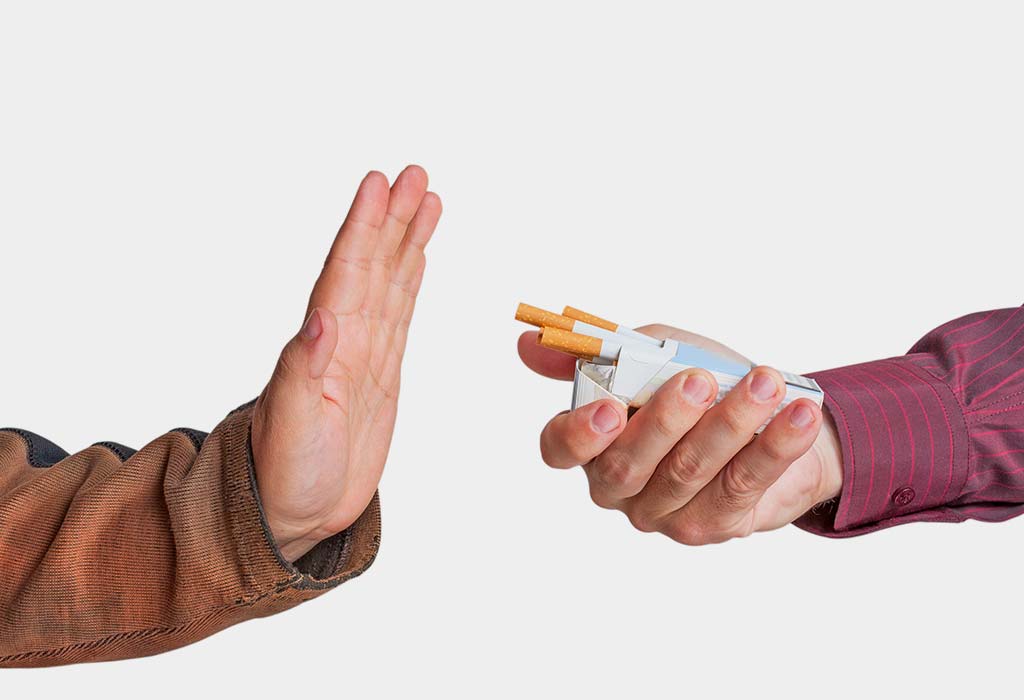In the pursuit of optimal health and wellness, individuals often encounter diverse treatment modalities aimed at restoring balance and vitality. Two such approaches, bioidentical hormone replacement therapy (BHRT) and rehabilitation, offer distinct yet complementary paths toward holistic well-being. Despite their apparent differences, these modalities intersect in their shared goal of promoting physical and hormonal equilibrium, thereby enhancing overall health outcomes.
Bioidentical Hormone Replacement Therapy: Restoring Hormonal Harmony
Bioidentical hormones are compounds that are structurally identical to the hormones naturally produced by the human body. BHRT involves the use of these hormones to replenish deficiencies and restore hormonal balance, particularly in individuals experiencing symptoms associated with hormonal imbalances such as menopause, andropause, or thyroid dysfunction. Unlike synthetic hormones, bioidentical hormones are derived from natural sources and are believed to offer a more personalized and physiologically compatible approach to hormone replacement.
Rehabilitation: Empowering Recovery and Functional Restoration
Rehabilitation encompasses a spectrum of therapeutic interventions aimed at optimizing physical function, mobility, and quality of life following injury, illness, or surgery. Whether recovering from orthopedic surgery, neurological conditions, or cardiac events, rehabilitation offers a structured and interdisciplinary approach to restoring function, reducing pain, and promoting independence. Physical therapists, occupational therapists, and other rehabilitation specialists collaborate to design personalized treatment plans tailored to the individual’s unique needs and goals.
Intersection of Modalities:
Despite operating within distinct domains of healthcare, BHRT, and rehabilitation intersect in several key areas:
- Hormonal Balance and Functional Recovery:
Hormonal imbalances can impact an individual’s physical function and recovery potential. For instance, declining estrogen levels in menopausal women may contribute to muscle weakness and joint pain, impairing functional mobility. BHRT can help restore hormonal balance, potentially enhancing the effectiveness of rehabilitation interventions by optimizing muscle strength, bone density, and energy levels. - Pain Management and Rehabilitation:
Chronic pain often accompanies musculoskeletal injuries, neurological disorders, or inflammatory conditions, hindering rehab progress and quality of life. Hormonal imbalances, such as fluctuations in cortisol levels or inadequate thyroid function, can exacerbate pain perception. BHRT, coupled with comprehensive pain management strategies, may attenuate pain symptoms, thereby facilitating more effective participation in rehabilitation programs and promoting functional recovery. - Mood and Motivation:
Hormonal fluctuations can significantly impact mood, cognitive function, and motivation, all of which are crucial for successful rehabilitation outcomes. Individuals experiencing hormonal imbalances, such as fluctuations in estrogen or testosterone levels, may exhibit symptoms of depression, fatigue, or decreased motivation, which can impede participation in rehabilitation activities. BHRT aimed at restoring hormonal equilibrium may help alleviate mood disturbances, enhance cognitive function, and foster a more positive outlook, thereby optimizing engagement in rehabilitation and facilitating progress toward functional goals.
Conclusion:
In the intricate tapestry of healthcare, the intersection of BHRT and rehabilitation unveils synergistic opportunities for promoting holistic well-being and optimizing health outcomes. By addressing hormonal imbalances and facilitating physical and emotional recovery, these modalities complement each other in harmonizing health and restoring vitality. As individuals navigate their journey toward wellness, the integration of BHRT and rehabilitation offers a comprehensive approach that honors the interconnectedness of body, mind, and spirit, empowering individuals to thrive and embrace life to its fullest.




